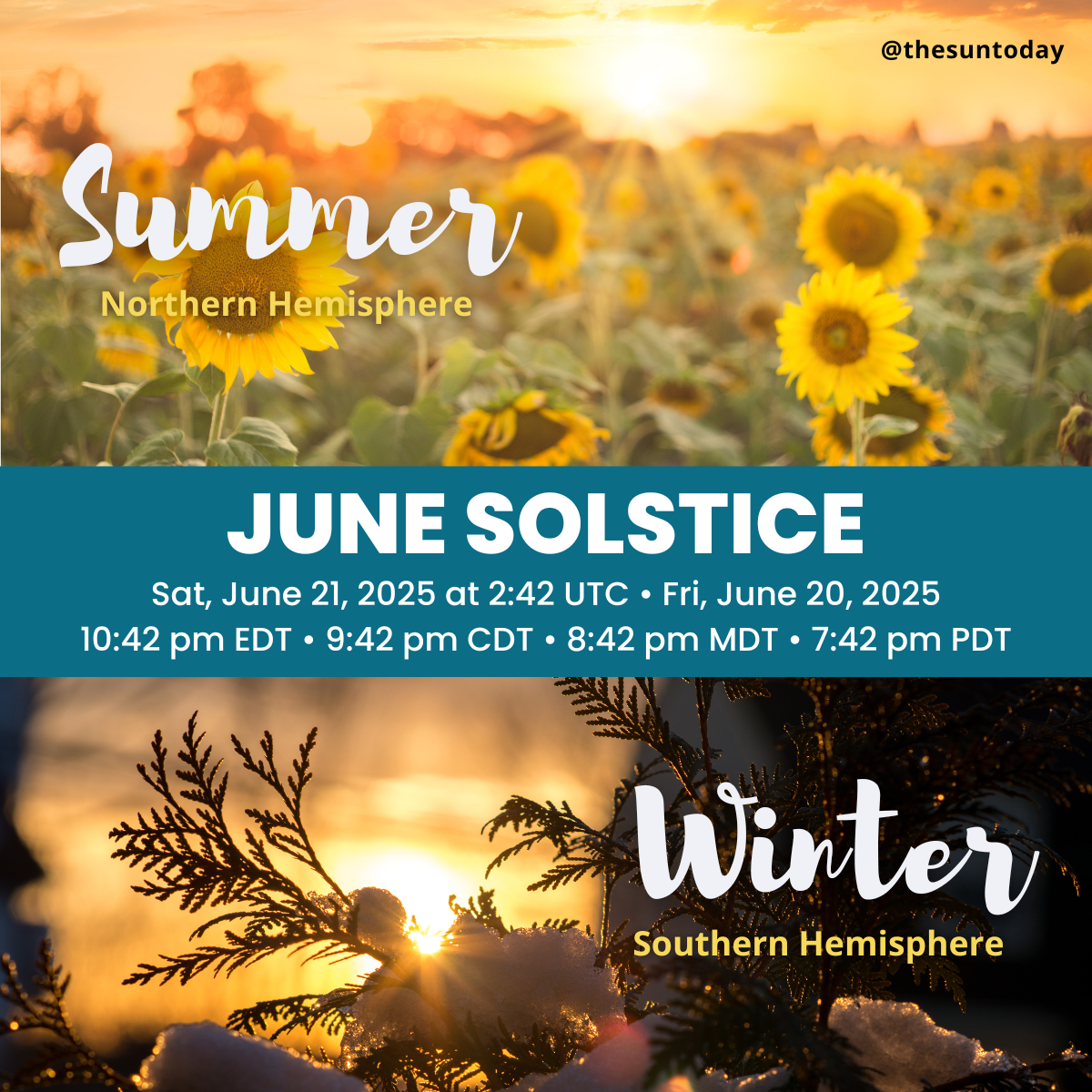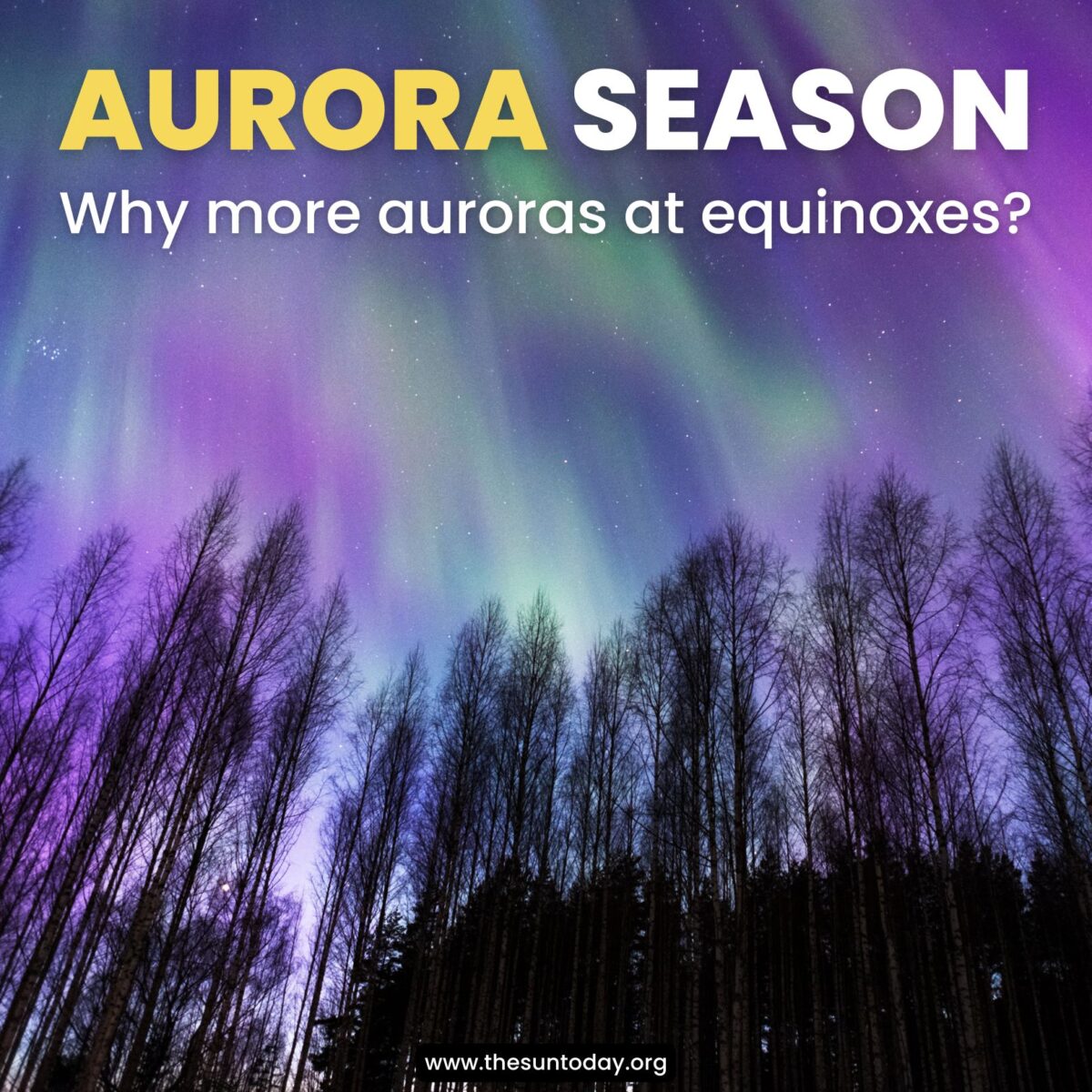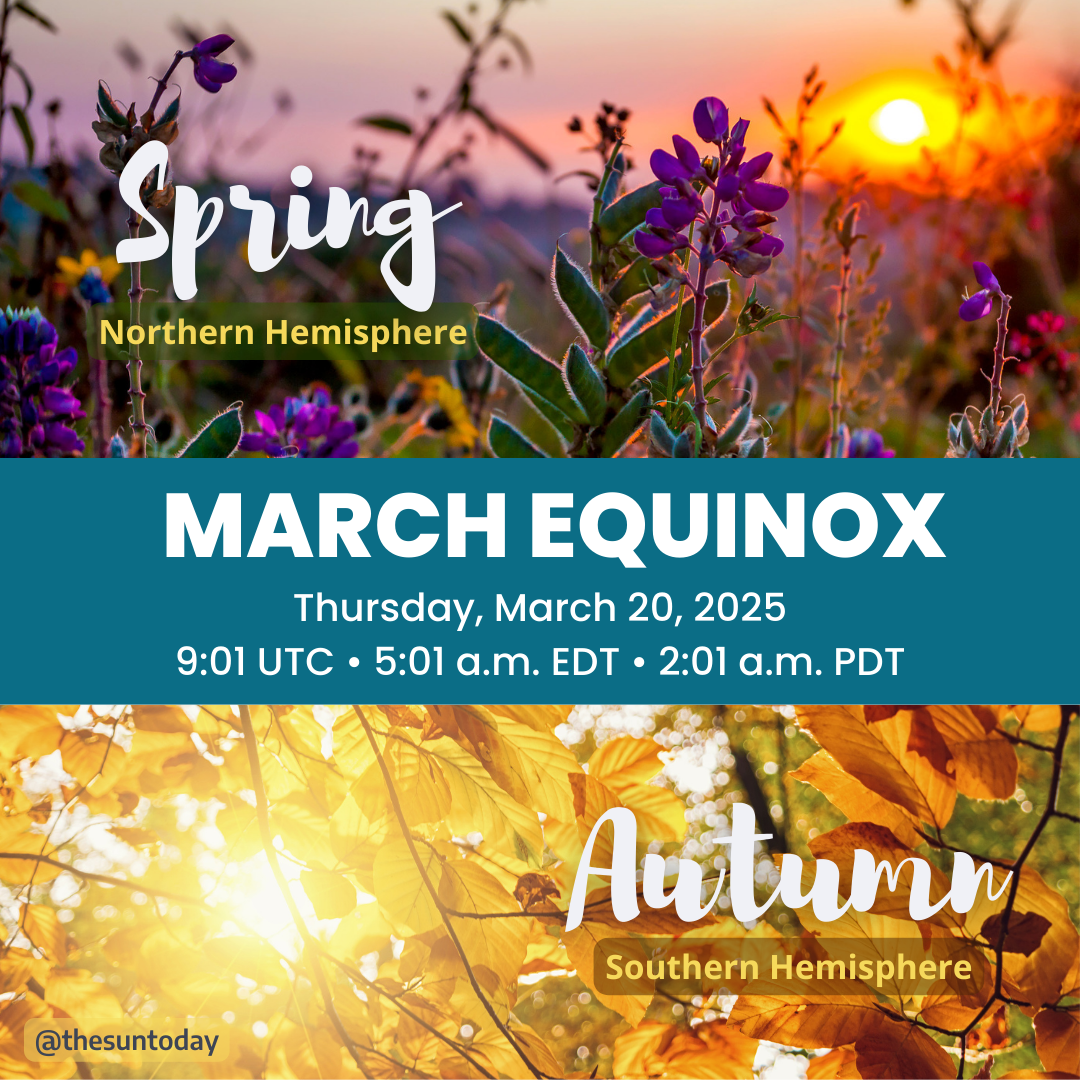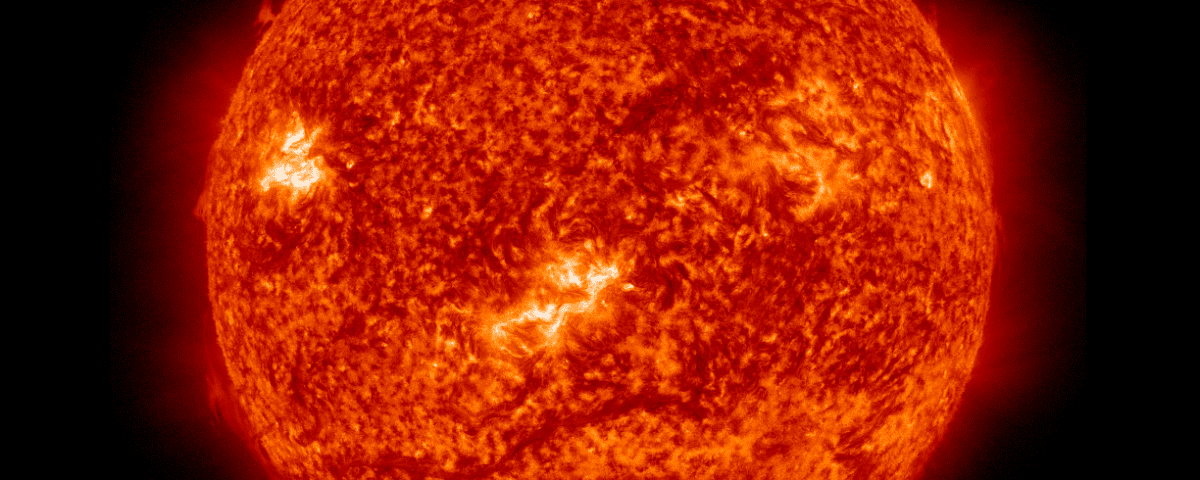
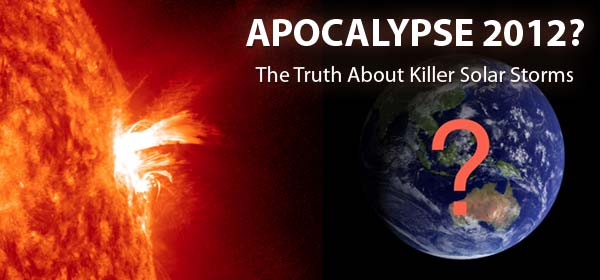
It’s official! The sun cannot bring the end of the world.
We are quickly approaching the supposed doomsday, December 21, 2012. As we and many have already said it is “Not Gonna Happen”. Many who have been promoting the doomsday idea have been claiming that the prediction is due to the Maya calendar. The simple answer to this is that the Mayans never talked about the end of the world on December 21, 2012 or any other day.
Okay, the world is not going to end but what if we knew that it was going to end by some means. Let’s say from the list discussed by NASA. The idea that the sun is not capable of producing a Mega-solar flare that could annihilate the Earth was already discussed (YouTube Video.) What about just a really large solar flare and a jumbo coronal mass ejection (CME)? What about a so-called Carrington event?

This SDO image of the sun may appear active to the casual observer but don’t let it fool you. It is quite quiet and this sun is not the harbinger of doom on December 21, 2012.
1. If the sun was going to produce a very strong flare on December 21, 2012 then there would need to be large active regions with a great deal of built up potential energy. If we look at the current sun in visible light using the HMI instrument on SDO we can see 3 number sunspot groups. But these regions (Active Regions as they are called) are not very large and measurements of their magnetic field show that they not very complex and so do not have much potential energy.

2. Also, a strong indicator of a large flare is a large flare that has already occurred. The size of flares is measured using the GOES X-ray monitors that orbit the Earth. Looking at line plots of the GOES data shows us both the current base level of activity (like the average level of the sea) and individual spikes above the background level (like the height of a wave above the average sea level.) If we look at the last 3 days, the X-ray level briefly went above the C flare level but stayed well under that level at the mid-B level for most of the 3 days (the red line is the curve of interest.)
If we zoom in looking at a shorter time period of about 6 hours the level of activity is around B3 with no measurable flares (the red line is the curve of interest.)
The scale in these plots is a logarithm scale meaning that each level is 10 times larger than the level below it. So an B1 flare is 10 times an A1 flare then a C1 flare is 10 times a B1 flare and so on. Flares are not of much concern until they get into the high X range. Using all the available information scientists can estimate the chance of a C, M or X flare. The current conditions give a 38% chance for a C flare, 14% chance for an M flare and a 2% chance for an X flare. The sun producing an X10 or larger flare just isn’t in the cards.
2. If a CME was going to reach the Earth on December 21, 2012 it was have to already have left the sun by now (mid-day 12/20/12 EST). The fastest CMEs would take roughly 17 or 18 hours to reach us. There have been no significant CMEs in the last 48 hours.
[mejsvideo src=”https://www.thesuntoday.org/wp-content/uploads/2012/12/C2-12202012.mp4″ width=”512″ height=”512″]
All of these data tell us that the has it will not produce any activity that brings any significant impact to Earth on December 21, 2012. Certainly nothing that would bring about a worldwide disaster. Enjoy the Friday equinox on December 21, 2012!




